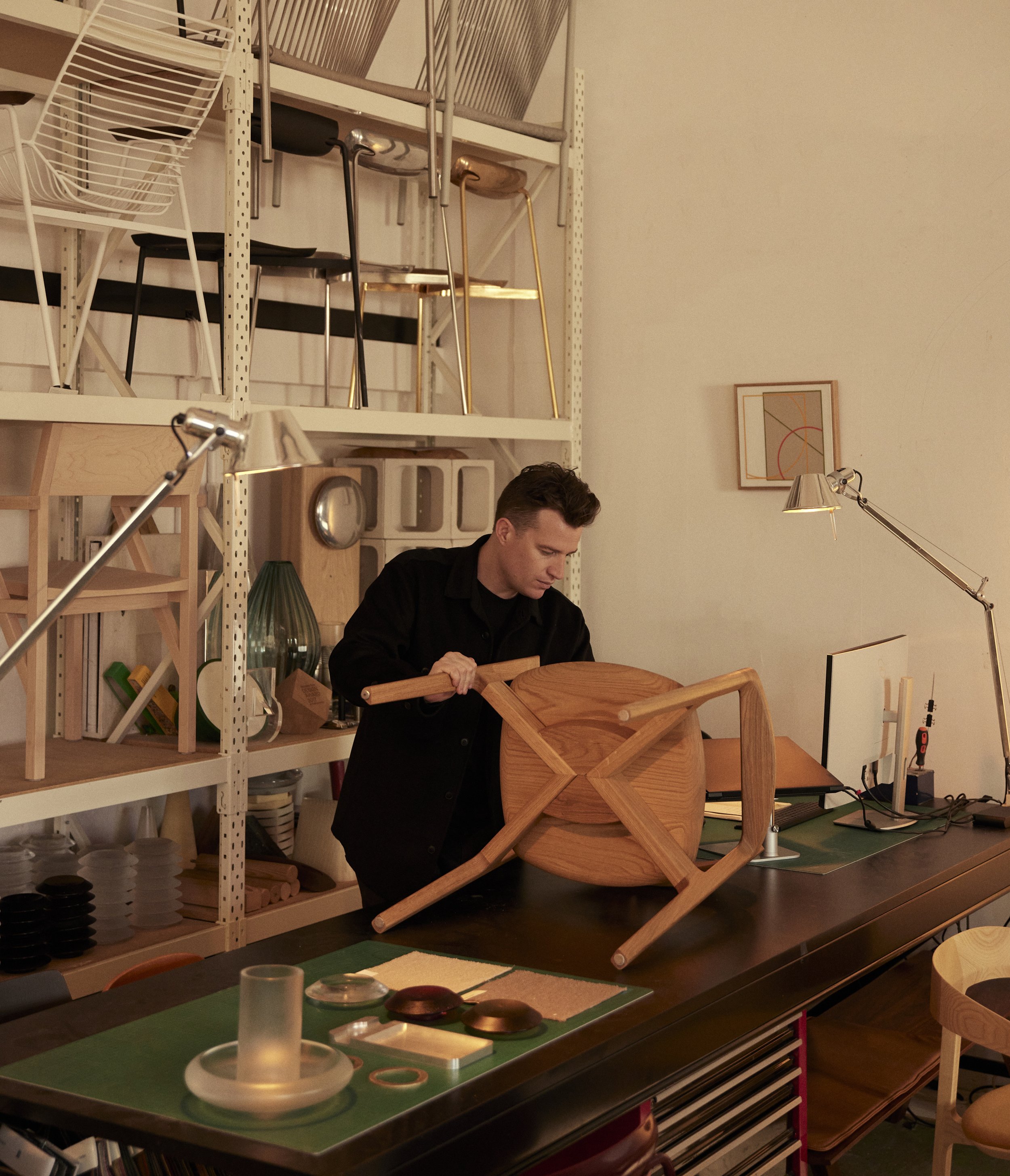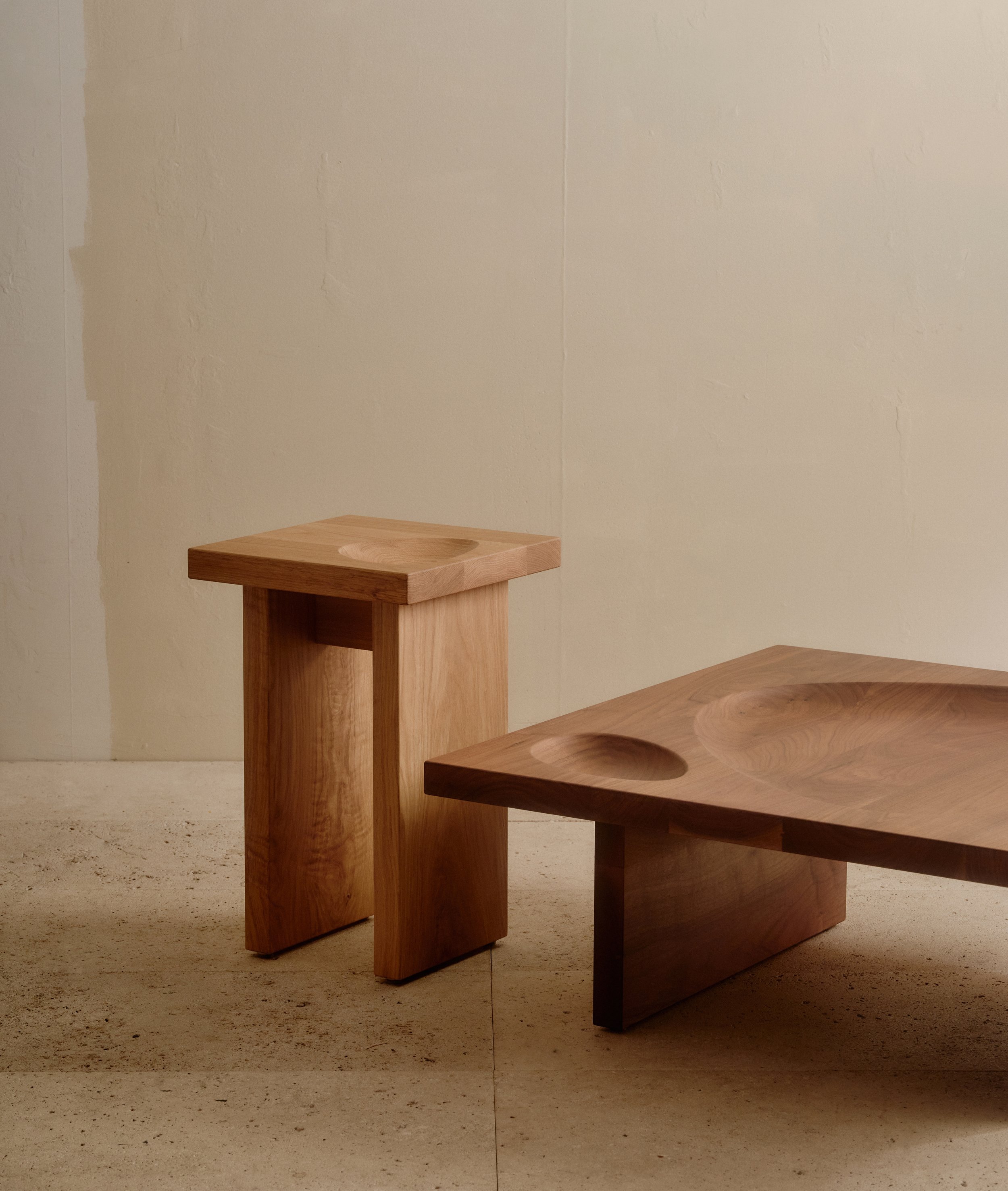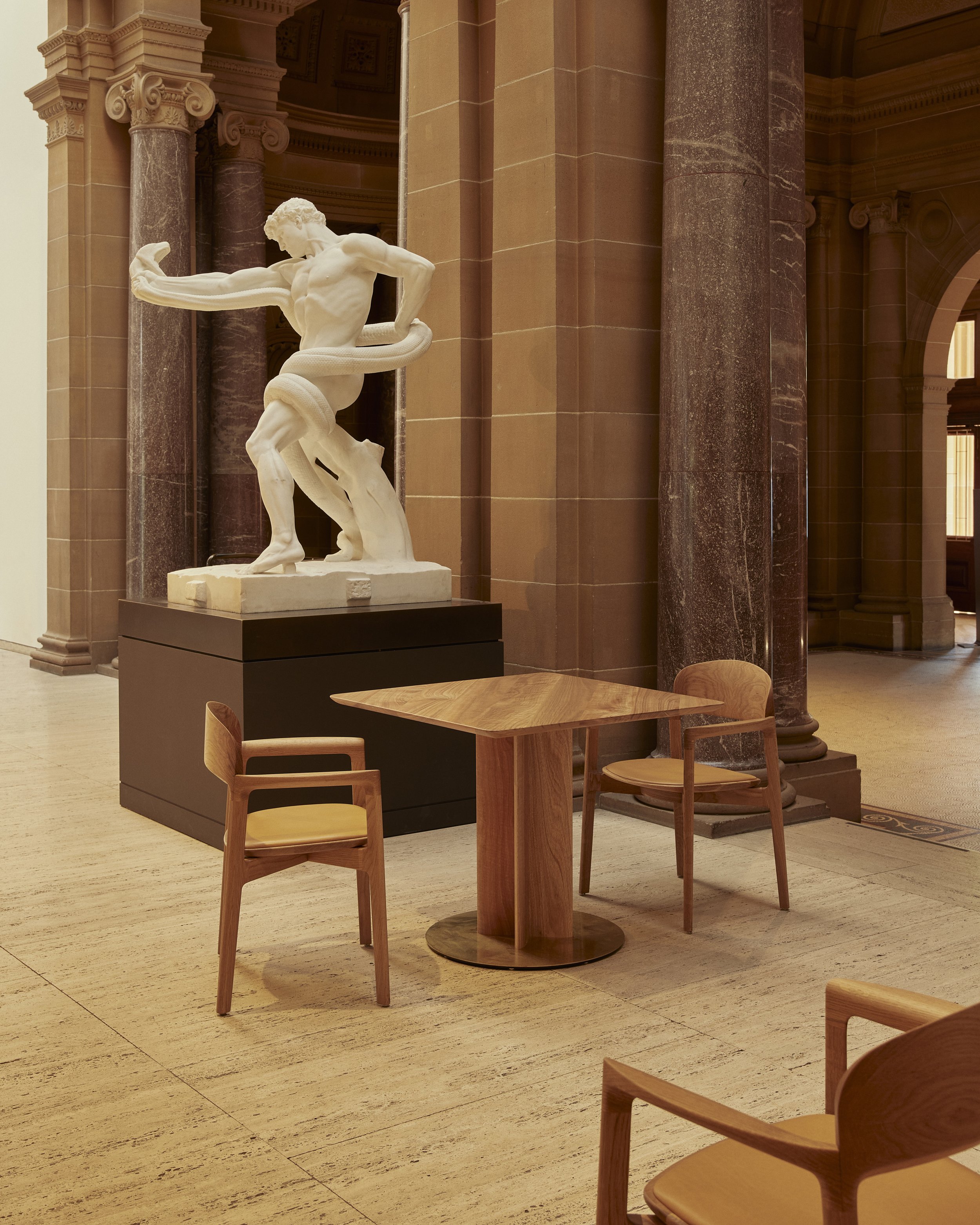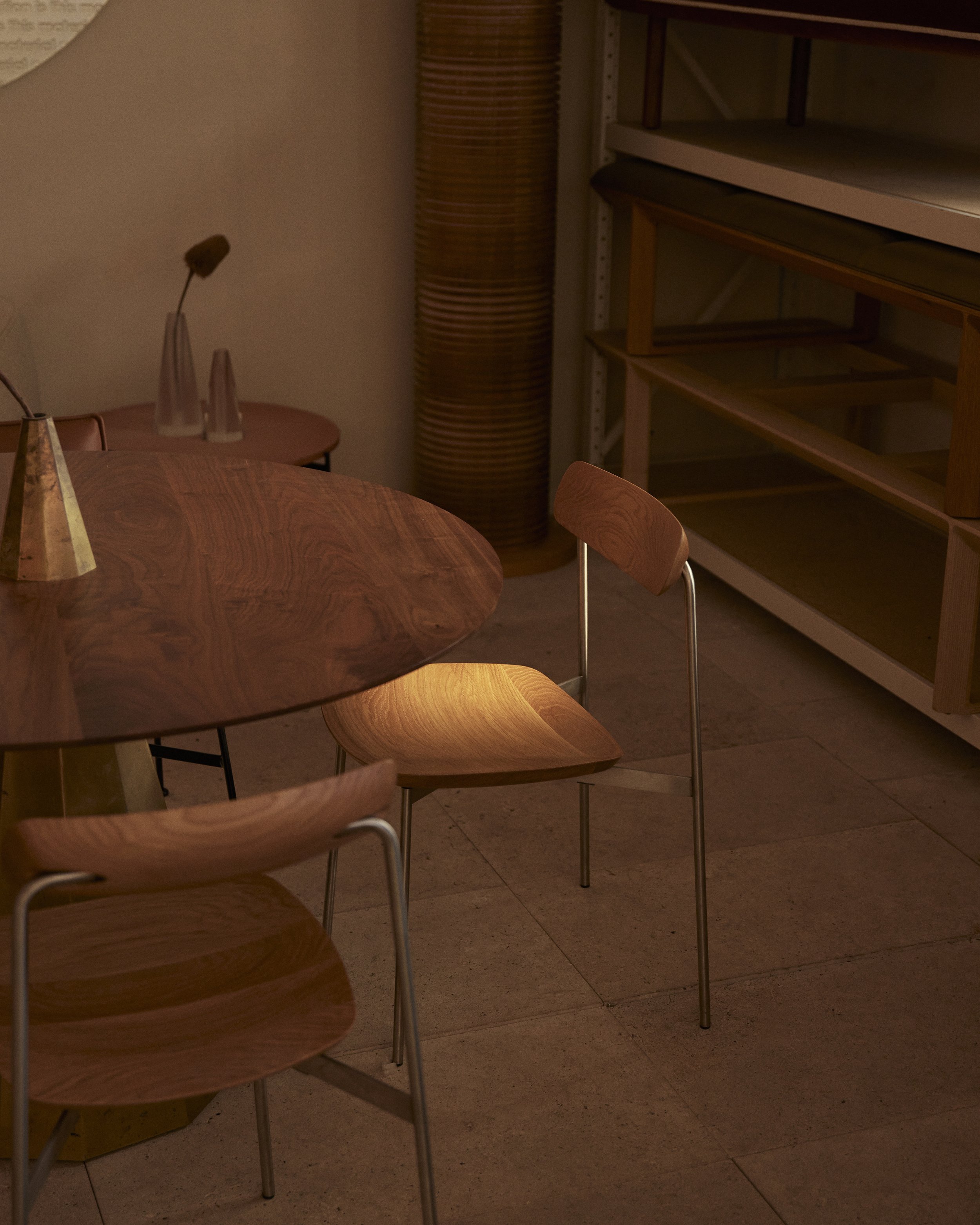Tom Fereday’s Holistic & Remarkable Design Practice
Tom Fereday’s designs celebrate materials and manufacture behind furniture and objects—working across furniture, product design and lighting.
Photography: Pier Carthew, Sevak Babakhani, Alejandro Ramirez Orozco, Hamish McIntosh & Sean Fennessy
‘Ultimately, my focus is on creating objects with purpose and longevity that may retain their value and connection to people over time,’ says Tom Fereday. Photo: Sean Fennessy
MANO by Tom Fereday. Photo: Sevak Babakhani
Port Wall Stadium by Tom Fereday. Photo: Courtesy of Rakumba
Gallery Chair by Tom Fereday. Photo Pier Carthew
Hello Tom—when did design first have an impact on you?
Tom: I would say from an very early age I was surrounded by art and design with my dad being an antique dealer, and my mum a ceramicist. Our home would be a revolving door of objects ranging from unique antiques pieces to 60s and 70s Scandinavian design.
You started your creative journey studying sculpture and graphic design—what made you make the transition to furniture, product and lighting design?
I came to the later conclusion that I really enjoyed working under constraints, having genuine problems to solve alongside real world material and design limitations, which was very exciting and challenging to me. The result of creating genuine usable objects is still incredibly rewarding to this day.
How do you think your knowledge of sculpture and graphic design has impacted the way you work today?
With both fields, whilst having end results which require incredible discipline, learning to play and explore unresolved ideas was really valuable to learn, exploring directions and narratives naively before the works are resolved.
Do you have any creative rituals or routines that you follow when starting a new project?
My approach in the later stages of design through to production has become more formalised over the years, however I find the initial design idea and development still to this day to be very unpredictable. Sometimes I can resolve an idea in a matter of hours and sometimes I may linger on a design idea for years before I can resolve it into a workable design.
Where do you mainly go for inspiration?
Often it’s in meeting with the incredible makers that I work with in their workshops and learning from these experts in their respective fields—people who have formed a lifetime of knowledge in a specific process or material.
Tell us about your love of the interplay between natural materials and contemporary design and manufacture in your work—how do you achieve the balance between them?
I try to work with and not against natural materials, to celebrate their natural variations and nuances. There’s always a desire to create something unique and new whilst at the same time not take away from the underlying beauty of a material. Ultimately, my focus is on creating objects with purpose and longevity that may retain their value and connection to people over time.
Art Gallery Library project by Tom Fereday. Photo: Courtesy of Tom Fereday
Art Gallery Library project by Tom Fereday. Photo: Courtesy of Tom Fereday
“I try to work with and not against natural materials, to celebrate their natural variations and nuances.”
Art Gallery Library project by Tom Fereday. Photo: Courtesy of Tom Fereday
Powerhouse Ottoman by Tom Fereday. Photo: Hamish McIntosh
‘There is no minimum experience required to begin in this industry, I am learning about design every year,’ says Tom Fereday. Photo: Sean Fennessy
Inside Tom Fereday’s studio space. Photo: Sean Fennessy
Favourite material to work with?
Currently glass… it's just a magical and unique material and process to learn and play with.
The most rewarding part of your job is…
Creating objects that might be enjoyed for years to come that represent a captured moment in time.
And the most challenging aspect…
Design compromise can be a very challenging path to walk. We start with an idea and slowly refine the piece with both internal and external push/pull factors that may affect the resulting design. Retaining the beauty and purity of the original concept whilst passing through the necessary checkpoints of a resolved design is often a challenging but rewarding path.
The most valuable piece of advice you would give to an emerging furniture/product designer looking to break into the industry…
There is no minimum experience required to begin in this industry, I am learning about design every year. If you can, find a principal or ethos that can guide your work to provide a holistic approach to each project you work on.
Are there any dream projects or collaborations you aspire to undertake?
I have so many projects I would love to work on, however I try not to put pressure on this but rather passively allow my career to evolve. This has often led to unexpected fields driven by personal explorations or collaborators who may see a potential new product or direction when perhaps I had not.
What are you most excited about that’s coming up for you this year?
I’m excited to be launching new works with long term collaborators such as Nau Design and Rakumba Lighting alongside some new independent edition works for Milan and Melbourne Design Week.


















